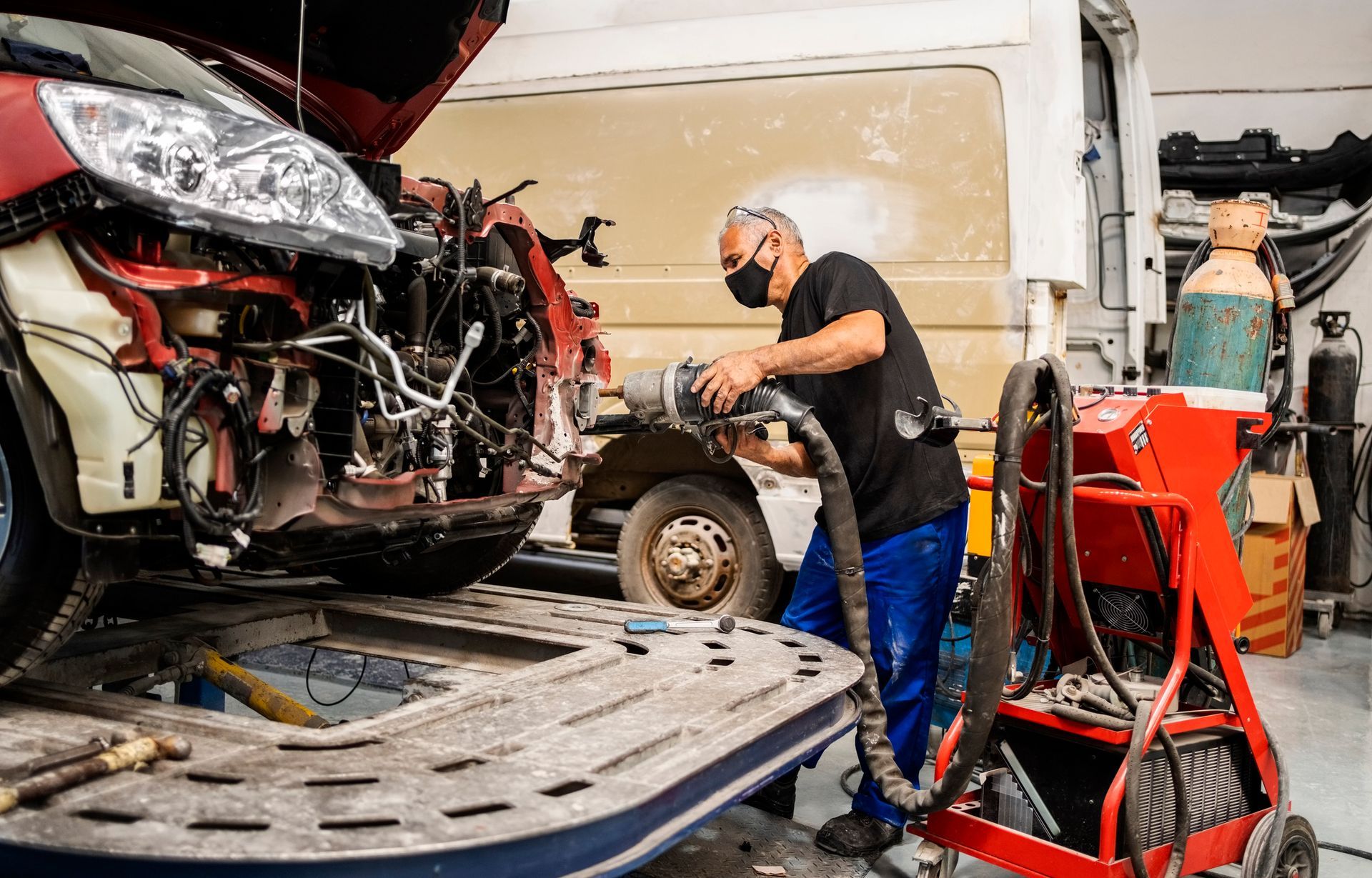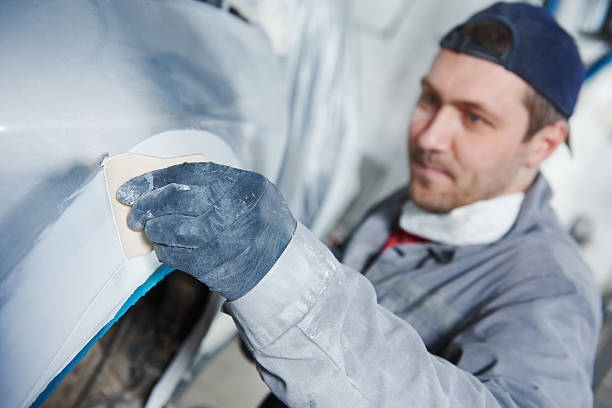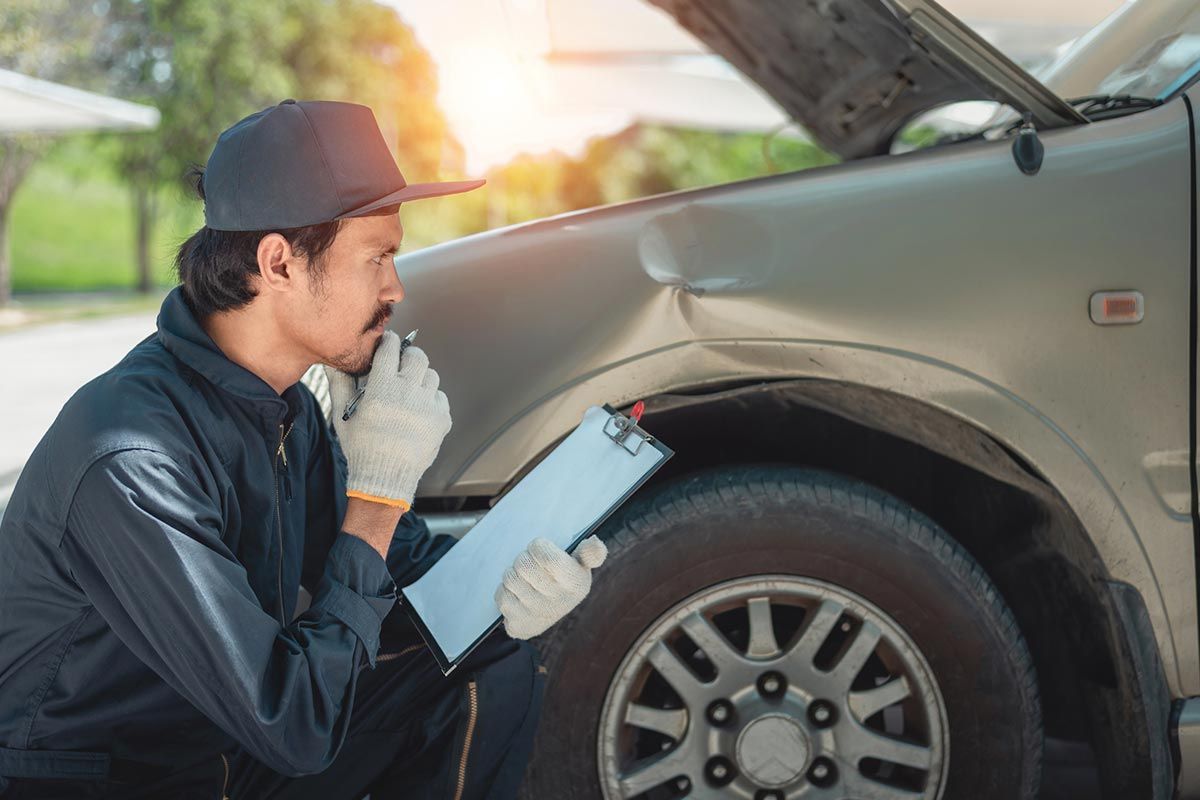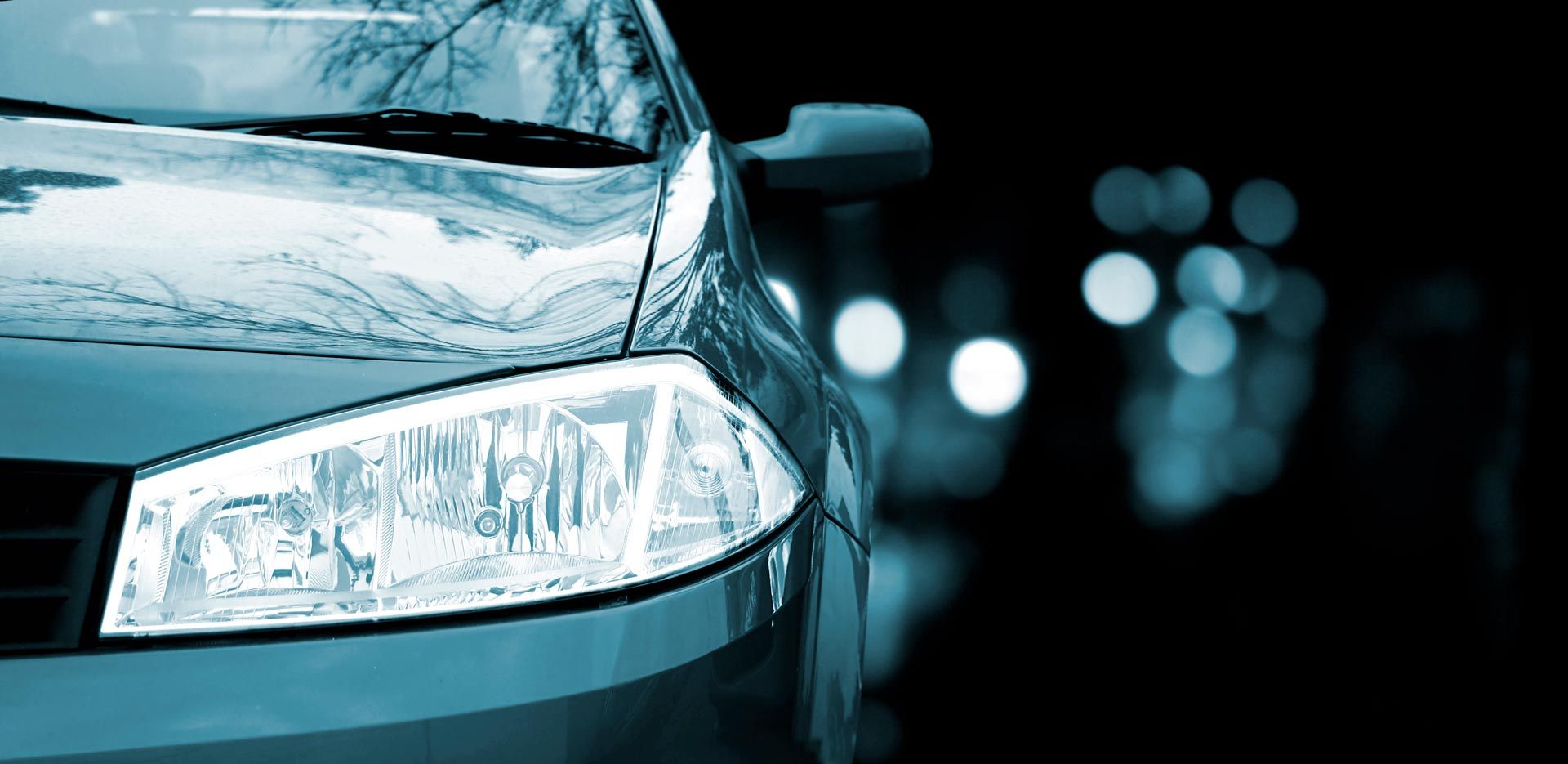Ice, Snow, and Your Car: 3 Key Points to Keep in Mind
This is a subtitle for your new post
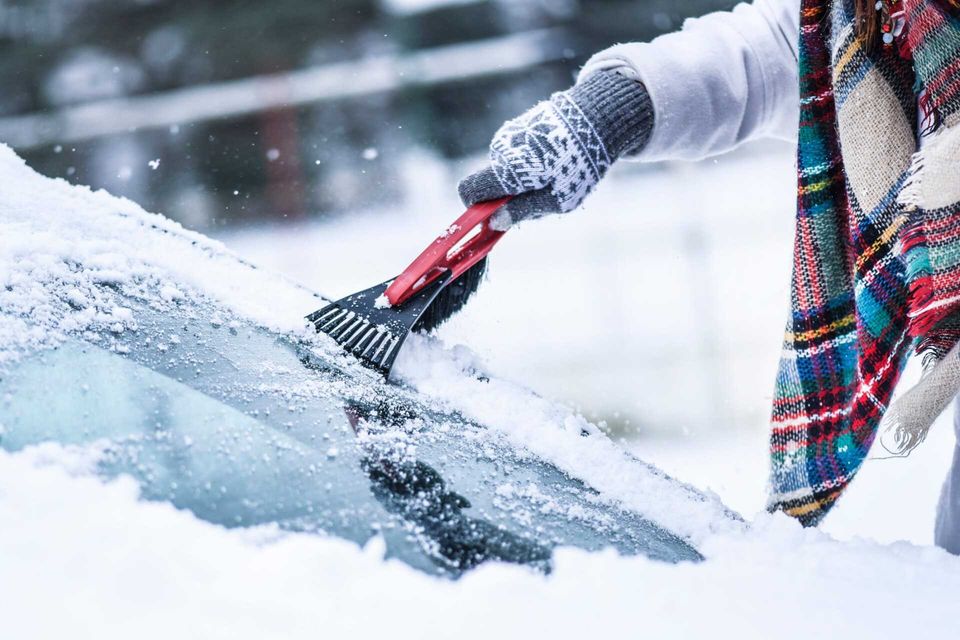
Even if you live in sunny Florida, your travels may take you through cold climates or unexpected winter storms. During these situations, accumulations of ice and snow pose potential threats to your vehicle, from flying ice that causes impact damage to the corrosive effects of road deicing chemicals.
Once you understand how icy, snowy conditions can affect your car's exterior, you can take the appropriate steps to minimize those risks in winter weather. Take heed of these three key points about protecting your exterior against ice and snow.
1. Ice and Snow Can Lead to Rust
If you don't normally face the prospect of clearing a mass of ice and snow off of your car, you may find yourself wondering how to clear it away. You might even feel tempted to let the next melt take care of the problem. Unfortunately, you ask for trouble when you let accumulated ice or snow sit on your car's exterior.
While your car's clear coat and paint can protect the underlying metal from normal environmental threats, even small scratches or chips in this protective layer can permit frozen water to cause rust. If the ice or snow also contains traces of pollutants or other chemicals, it can eat through your exterior even more quickly and deeply.
To prevent rust, clear accumulated snow and ice off of your car as soon as you can. Use a plastic scraper for stubborn ice, as opposed to a shovel or other household tool that might cause damage. You may also want to warm your car up beforehand to encourage melting. And don't leave any slabs of ice that might detach from your car and hit other vehicles.
You should also wash your car thoroughly after driving on icy roads. The deicers used to remove road ice can cling to the body panels, undercarriage and other structures, promoting corrosion that may force you to schedule cosmetic and mechanical repairs.
2. The Wrong Deicing Method Can Do More Harm Than Good
When your ice scraper and defroster can't remove large sheets of thick ice on their own, you will probably want to use some other technique to speed up the ice removal process. However, the wrong technique can actually leave your car more damaged than if you had simply ignored the icy accumulation.
Hot water and salt can both do more harm than good to your exterior. Never pour hot water onto a cold car; the sudden temperature change can cause your windshield or windows to crack or even shatter. Salt may prove safe and effective for icy roads, but it will eat through your paint job and rust the underlying body panels.
If elbow grease alone cannot remove ice from your car, ask your auto technician to recommend a deicing product specifically designed to remove ice from cars without damaging them. If your deicing methods end up causing paint damage, get that damage fixed before the next wet or icy event can make it worse.
3. Flying or Falling Ice Can Cause Dents or Breakage
Ice that hits your car can cause even more dramatic exterior damage than the deterioration produced by accumulated ice or snow. If your fellow drivers have failed to remove sheets of ice from their vehicles, pieces of that ice can fly away and strike your car's windshield or body at high speed, producing cracks and dents.
Ice can also hit a car sitting in a driveway or parking lot. If you make the mistake of parking beneath an ice-covered tree or other overhanging object, icicles or larger chunks of ice can fall and damage your car's glass or body. To avoid this, park your car in the open or in a covered parking area when possible.
If your car's body or glass has fallen prey to the effects of ice and snow, either on the vehicle itself or on the road, bring it to Automotive Super Sports for some corrective care. We can smooth out dents, remove rust, and repair shattered glass caused by winter precipitation. Contact us to learn more.

